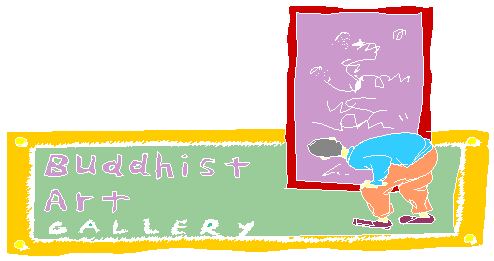

Buddhism has been a major aspect of the Chinese cultural and spiritual life
ever since its introduction into China. The Buddha, Lohans, and various
Bodhisattvas have become popular images of the Chinese visual arts.

Among all of the Bodhisattva images, that of Guan Yin has been the most popular one. Since Buddhism was established in China more than one thousand years ago, Chinese artists have created numerous paintings and statues of Guan Yin mainly for the purpose of worship by the Buddhists. During this process of artistic creation, the form of Guan Yin gradually transforms into a typical Chinese female form with a distinct Chinese characteristic.
In this issue, we present a small collection of the Guan Yin images which can be grouped in the following three categories. Please click on the illustrations to see the images in more details, or click here for the first exhibit. There is also a brief description of the meaning and background of Guan Yin following the art display.
Guan Yin with Poplar Branch and Sweet Dew
White Glazed Porcelain Guan Yin
After Sung and Ming Dynasties, the form of Guan Yin becomes more and more
humanized. The white glazed porcelain Guan Yin has fuller
facial features, with peaceful and serene expression, delicate nose and lips,
reproducing a typical Chinese woman's image. The white color represents
relaxed and unruffled expressions and purity. The half-closed eyes indicate
meditation with a tranquil and warm atmosphere. Such statues
are popular collections among a lot of Chinese.
Guan Yin with Thousand Arms
Guan Yin is the Bodhisattva with compassion and mercy. The thousand arms,
each with an eye, look like the outspread tails of a peacock. They symbolize
her vow to rescue people, granting a helping hand to whoever requesting
help from her. She will never turn down anybody and can do whatever
is requested, with boundless power and abilities to bring peace of mind to
people in suffering.
Click here to find out more about the background and meaning of Guan Yin.





